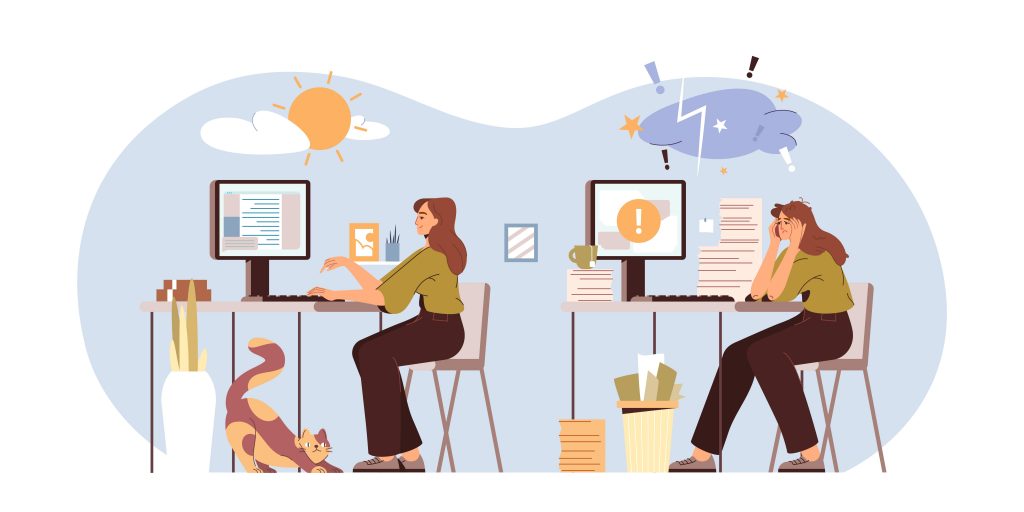Agile Thinking – It’s not just about what you think
Agile Thinking – It’s not just about what you think You’re walking on the sidewalk when suddenly something falls on your path. You sidestep quickly and easily to avoid it. You are agile like most people. You can be mentally agile too. You can change your thinking to adapt to challenges and unexpected events – not to avoid them but to conquer these. Do you have an agile mind? How do you handle changes around you? Many people would like to stick to the same routines and steer clear of situations that require different mindsets. Do you look at the different sides of a problem or argument? Are you focused on results and improvement? Are you open to learning new things? Do you take time to seek information on subjects you don’t know? (Not relying on social media but through diligent research) Are you empathic? Do you consider challenges necessary for growth? Are you open-minded? If your answer is “yes” to most of these, chances are you have an agile mind. Why having an agile mind is essential? COVID-19 is an excellent example of what the world was unprepared for. With agile thinking, most people proved they can respond and adapt to a deadly virus in the modern era. Those who can handle the unexpected will make it in life. Often, obstacles are thrown in everybody’s way. But with mental agility, anyone can surmount difficulties that seem paralyzing. An agile mind will help you weather storms and become successful in life. Be careful of this trap. You’re driving on the highway and overtake a car you feel is going too slow. The other driver sees you pass and thinks you’re going too fast. You may disagree with the other driver, who is right. Not everyone sees the world as you do. You may have agile thinking, but your mindset can also be wrong. Believing that your analysis of a situation is always correct can be counterproductive. You may convince others to share your viewpoint. There’s always a chance you close your doors to other people’s viewpoints. There’s no guarantee you’re always right, even though you are mentally agile.Someone disagreeing with you is always good. It’s both a challenge to your mindset and a learning opportunity. Having an agile mind means readily accepting you’re mistaken when you are and being gracious when you’re right. And always keep in mind to continue respecting others when they disagree with you.
Agile Thinking – It’s not just about what you think Đọc thêm »




